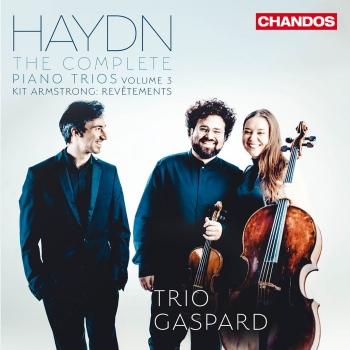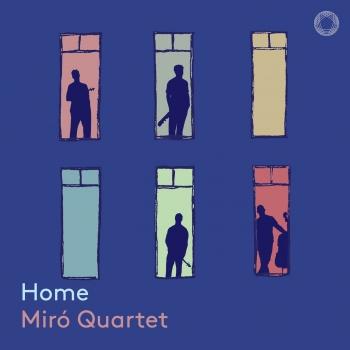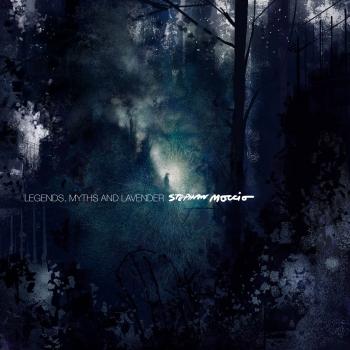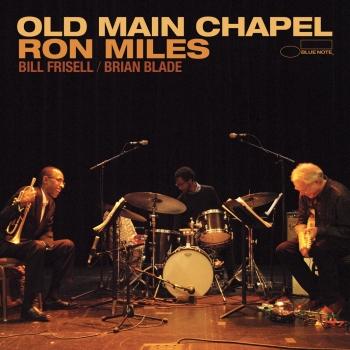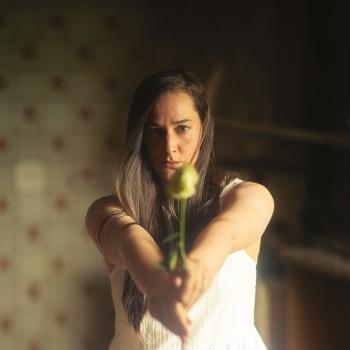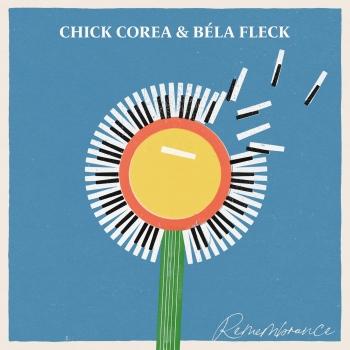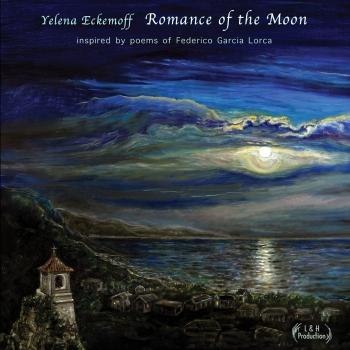
Koechlin: Choeurs et mélodies Nicolas Jouve
Album Info
Album Veröffentlichung:
2015
HRA-Veröffentlichung:
30.06.2015
Label: Timpani Records
Genre: Classical
Subgenre: Choral
Interpret: Nicolas Jouve, Anaïk Morel, Julien Behr, Calliope Women's Chorus & Regine Theodoresco
Komponist: Charles Koechlin (1867–1950)
Das Album enthält Albumcover Booklet (PDF)
- Charles Koechlin (1867-1950): 9 Rondels, Op. 14
- 19 Rondels, Op. 14: No. 7. L'automne (version for soloists, female chorus and piano)03:44
- 7 Rondels, Op. 8
- 27 Rondels, Op. 8: No. 2. L'hiver02:30
- 5 Rondels, Op. 1
- 35 Rondels, Op. 1: No. 3. Le printemps02:26
- 9 Rondels, Op. 14
- 49 Rondels, Op. 14: No. 9. La guerre (version for soloists, female chorus and piano)05:14
- 7 Rondels, Op. 8
- 57 Rondels, Op. 8: No. 7. La paix03:25
- 5 Melodies, Op. 5
- 65 Melodies, Op. 5: No. 4. Menuet03:07
- 9 Rondels, Op. 14
- 79 Rondels, Op. 14: No. 1. Le jour (version for soloist and piano)02:17
- Les clairs de lune, Op. 9
- 8Les clairs de lune, Op. 9 (veresion for mezzo-soprano, tenor, female chorus and piano)04:22
- 9 Rondels, Op. 14
- 99 Rondels, Op. 14: No. 8. Les etoiles (version for soloists, female chorus and piano)06:36
- No. 3. Les pierreries
- 10No. 3. Les pierreries01:45
- No. 6. Le matin
- 11No. 6. Le matin01:47
- Dans le ciel clair, Op. 4
- 12Dans le ciel clair, Op. 4, No. 106:03
- 9 Rondels, Op. 14
- 139 Rondels, Op. 14: No. 6. La terre (version for soloists, female chorus and piano)04:22
- 5 Melodies, Op. 5
- 145 Melodies, Op. 5: No. 3. Chanson d'amour01:31
- 155 Melodies, Op. 5: No. 5. Si tu le veux01:53
- 3 Melodies, Op. 17
- 163 Melodies, Op. 17: No. 3. Epiphanie05:17
- 5 Melodies, Op. 5
- 175 Melodies, Op. 5: No. 1. Promenade galante03:38
- 3 Melodies, Op. 17
- 183 Melodies, Op. 17: No. 1. Le colibri03:28
- 5 Melodies, Op. 5
- 195 Melodies, Op. 5: No. 2. Moisson prochaine03:54
Info zu Koechlin: Choeurs et mélodies
From Clair de lune, to a poem by Edmond Haraucourt (1890), to the Sept Chansons pour Gladys with words by the composer himself (1935), a hundred or so songs mark out the career of Charles Kœchlin. This ma- kes him, quantitatively at least, one of the most important contributors to the French song repertory in the early twentieth century. Most of these pieces were written between 1890 and 1909; subsequently the com- poser made only periodic returns to the genre: the two albums inspired by the Shéhérazade of Tristan Klingsor (1916 and 1923) are in the same oriental poetic vein as the Heures persanes, while the witty, poetic and finely wrought vocal vignettes of L’Album de Lilian (1934) and of the Chansons pour Gladys reflect the composer’s fascination for the cinema and its stars (in this case Lilian Harvey). The programme offered here co- vers the first decade of the first period (1890-1899). A good number of the songs are miniatures for a soloist with piano (Menuet, Si tu le veux). Others are broader in scope, with a chorus and one or even two soloists, or else including an expansive piano part, its ‘symphonic’ richness sug- gesting the orchestra. Koechlin’s idea of the song was elastic, and the necessities of evocation often motivated this enlarged conception. His conception of the genre went well beyond the framework of the salon piece; the composer clearly explained this in the Commentaires on his compositions as well as in two important studies on French song.
In these he contrasts the German lied, with its short, essentially affec- tive character, its aurally undemanding ‘middle-class intimacy’ that is quite content with the neutral tone-colour of the piano, with the post- Berlioz French song, the variety and often descriptive subjects of which require more diverse means, i.e. chorus or orchestra. Koechlin, indeed, has a visual conception of music, in particular when it is motivated by a text: even in the case of short pieces like the Rondels, “[...] very often, I ‘see’ as it were very exactly the landscape, the scenery where, for me, the poem set to music ‘takes place’ ”. A certain breadth of means (tone- colour and power) can but reinforce the idea by better bringing out the tone and expression. For Koechlin the song is not a mere commentary on the poem, but is an extension, an enlargement of the latter. As Jules Guieysse has very pertinently written in his study of Koechlin’s music, “[with him], the song becomes a poem inspired by the text itself. Several of these songs are very often but one step away from becoming musical poems ‘based on’ this or that poem”. This breadth accorded to the genre sets Koechlin apart in the French school. …
Anaik Morel, mezzo-soprano
Julein Behr, tenor
Nicolas Jouve, piano
Calliope - Régine Théodoresco - Voix de femmes
Régine Téodoresco, direction
Keine Biografie vorhanden.





